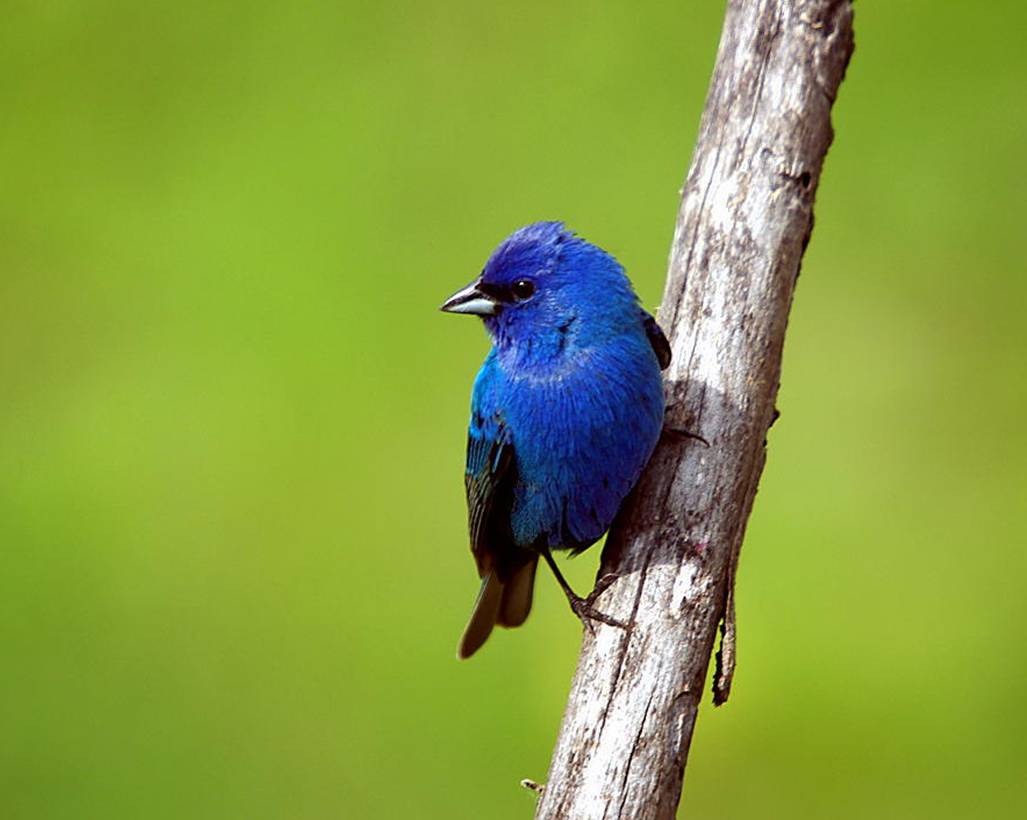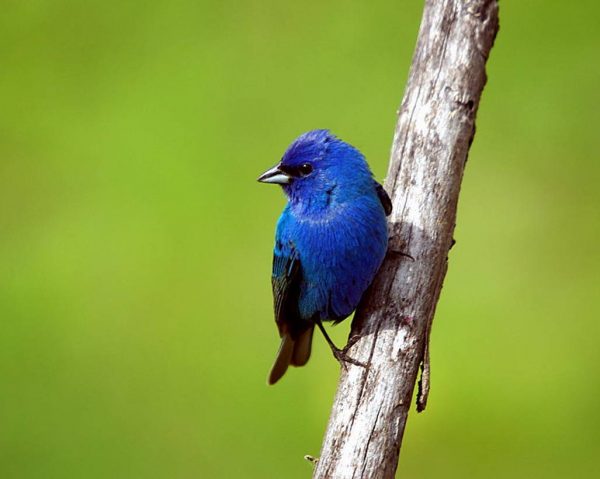Vidua maryae was first discovered in 1968 but has only been considered a distinct species since 1995. It is endemic to the Jos Plateau and its north and eastward extensions, in northern Nigeria, where it is known from Panshanu, Taboru near Jos and Kagoro (Payne 1998), and has an estimated global Extent of Occurrence of 26,000 km. The global population size has not been quantified, but the species is not believed to approach the thresholds for the population size criterion of the IUCN Red List (i.e. less than 10,000 mature individuals in conjunction with appropriate decline rates and subpopulation qualifiers).
Read more about Discover Nigeria
Global population trends have not been quantified, but populations appear to be stable; one site (Panshanu) is within the Magama Forest Reserve, where the vegetation is apparently little changed since 1968 (Payne 1998). It may be more common and widespread than records suggest, as it is difficult to identify outside the breeding season (J. Abalaka in litt. 2007, S. Hogberg in litt. 2007). Therefore, the species is not believed to approach the thresholds for the population decline criterion of the IUCN Red List (i.e. declining more than 30% in ten years or three generations). For these reasons, the species is evaluated as Least Concern.
Justification of Red List Category
Although this species may have a small range, it is not believed to approach the thresholds for Vulnerable under the range size criterion (extent of Occurrence <20,000 km2 combined with a declining or fluctuating range size, habitat extent/quality, or population size and a small number of locations or severe fragmentation). Despite the fact that the population trend appears to be decreasing, the decline is not believed to be sufficiently rapid to approach the thresholds for Vulnerable under the population trend criterion (>30% decline over ten years or three generations). The population size has not been quantified, but it is not believed to approach the thresholds for Vulnerable under the population size criterion (<10,000 mature individuals with a continuing decline estimated to be >10% in ten years or three generations, or with a specified population structure). For these reasons, the species is evaluated as Least Concern.
Sign up to the Connect daily Newsletter
Threats and Population justification
The Jos Plateau has a high human population density and has consequently suffered from major agricultural expansion. Most of the original woodland vegetation has been lost, with the remainder restricted to inaccessible areas or river margins. One known site (Taboru) is intensely grazed and the remaining wooded vegetation is rapidly being removed for fences and firewood (Payne 1998).
This human factor also compounds the survival habits of these poorly known species and no population estimates are available. The population is suspected to be in decline owing to extensive habitat loss as much of its range is converted to agriculture.
Identification of the Indigo Bird
12 cm. A small, black finch with a pale bill. Nuptial plumage male has an all-black plumage with a green glossy sheen. The flight feathers are brown and appear pale in contrast to the remainder of plumage. The bill, legs and toes appear white in the field. Close inspection of legs and toes shows a purplish cast. Voice Mimics is the trilling song and calls of the Rock Firefinch. A search in the breeding season of the Panshanu Pass, Taboru Hill near Jos and at Kagora in northern Nigeria might produce this species.
Reference
BirdLife International (2022) Species factsheet: Vidua maryae. Accessed on http://www.birdlife.org on 17/01/2022.
datazone.birdlife.org
Featured image: NestWatch
Got something you want to read about on our platform? Contact us: [email protected]


